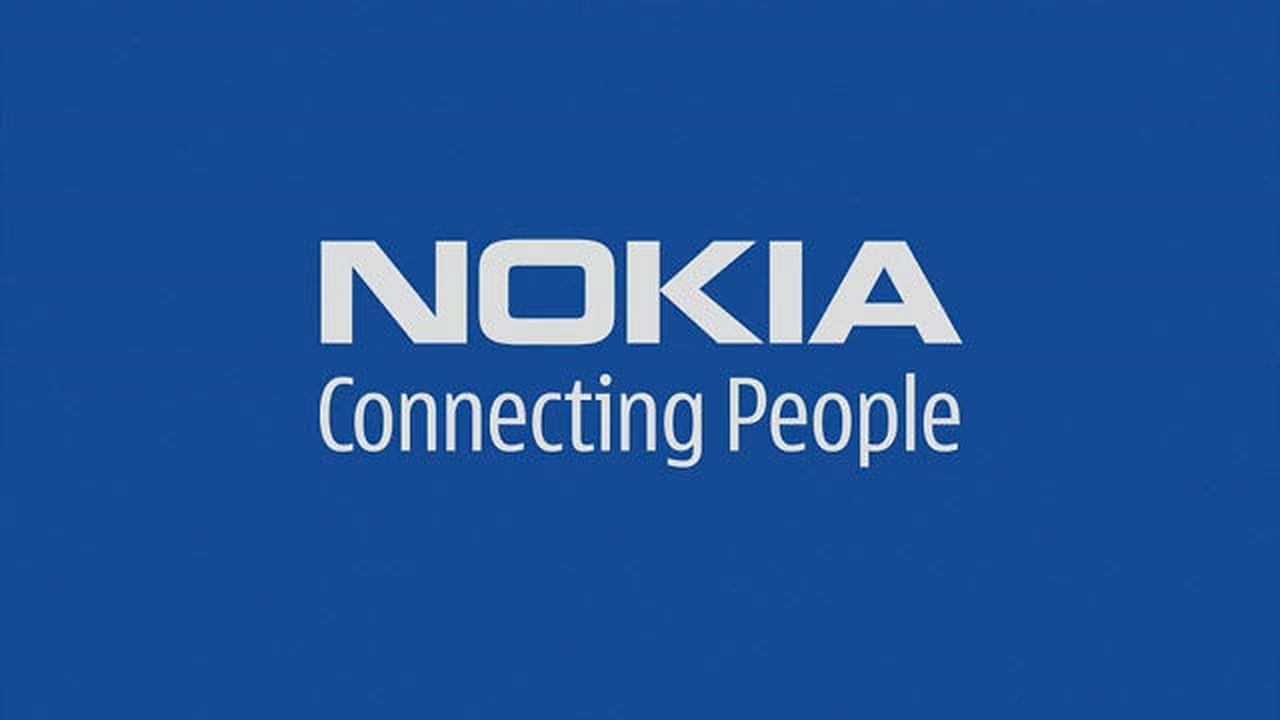In the shadow of today’s G-Phone and Android news, there’s some great stuff being posted over at Nokia’s Conversations blog about their annual The Way we Live Next conference in Finland. I’ve been thinking a lot about the potential of mobile lately. With the addition of location contexts and mobility, the benefits of a true mobile internet look to me to be as quantum a leap for society as when we all first plugged a modem into our PC and jacked in to the web.
Here’s some cool stuff in the labs:
Traffic Works – 100 GPS-enabled phones used to monitor real-time traffic conditions. After a successful field trial in Northern California, next step would be to integrate smartphone schedule to, “tell you about a traffic problem before you leave the house.” It’s similar to Dash but this is software that works on a standard, GPS-enabled phone. How about applying the same distributed network to monitor and predict the weather?
What about using built-in stress sensors which look at things like pulse to determine the stress levels in different areas of the city? You could use it to track crime hotspots (or surly Starbucks baristas). Happy City Map anyone?
Nokia adds 10 million new subscribers a month (works out to something like 14 phones/second!), much of it in places such as Africa and India where they don’t call them cellphones, they call them Nokias. As the networks grow to support them, these devices become the gateway to the internet for low income communities. Did you know that there are generator trucks that roll into town in rural India to provide phones with their weekly charge? To these folks, the cellphone is the internet. What kind of bridges can we build when your child, who has a class report on Kenya, can actually message with someone there?
Nokia’s Point and Find service is something my father, a city guide living in Tokyo, could use. Point your camera phone at an object and a combination of image recognition and GPS goes to work to give you more details about that object. It’s like using QR Codes in terms of ease-of-use but with real world objects and a rich content database on the backend.
How about taking advantage of wi-fi positioning to map out the inside of a building? Looking for a particular meeting room or where to find your seat in a football stadium? Indoor Positioning is something that could help.
Let’s not forget the obvious stuff either. John Battelle asks in the wake of the Chatsworth train wreck why there isn’t a simple speech > text, text > speech translation layer for phones.
Why I can’t simply say to my phone: “Text Michelle” and the phone gets ready to send a note to Michelle. Then I say “Mich I’d rather hit Left Bank than Ambrosia for din love you bye” and the damn text goes to Michelle?
Say Michelle is driving. Her phone buzzes with a text. She’s driving, so she says to no one in particular “Listen text”. There’s my voice! Is this too complicated to make happen? Please. It’s not.
All powerful stuff. With the bluetooth headsets everywhere, we are not too far off from the world of Arthur Dent’s babel fish.

Leave a comment